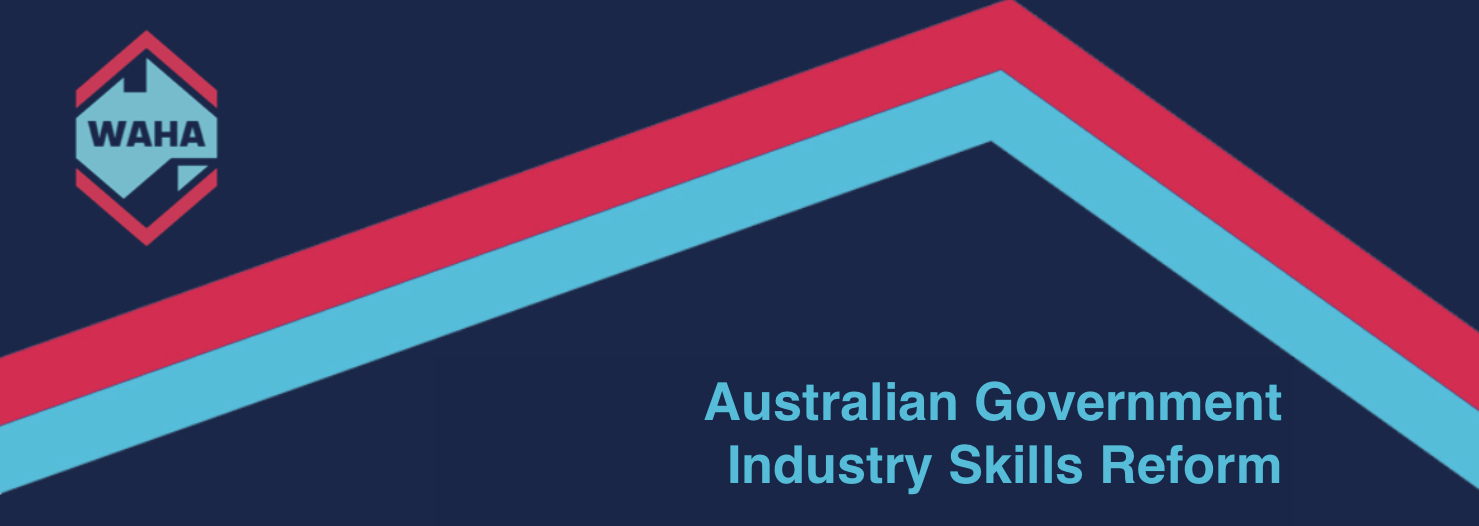
To support the future growth and prosperity of our nation, the Australian, state and territory governments are committed to improving the vocational education and training (VET) system through reform: a strong VET system is critical for Australia’s long-term economic recovery from COVID-19.
Skills reform consultation
Skills Ministers have agreed to progress the immediate reforms under the Heads of Agreement for Skills Reforms, including enhanced industry engagement, qualifications and quality reforms.
On the skills reform consultation page you can:
- provide your thoughts on improving the VET sector
- find the latest information on skills reform consultation.
Proposed “Industry Cluster” for Building, Infrastructure, Construction, and Property.
The Australian Government is establishing Industry Clusters to provide industry with a stronger, more strategic voice and broader role in ensuring Australia’s VET system continues to deliver on employer and learner needs. The initiative forms part of the broader Skills Reform Agenda, which aims to improve the quality, accessibility and relevance of the VET sector.
The Industry Clusters will be groups of aligned industries with a strategic leadership role to identify, forecast, and respond to the current and emerging skills needs and workforce challenges of industry.
Industry Clusters will be established through a two-stage grant opportunity approach to market. The first stage will involve an open competitive process seeking proposals to establish and subsequently operate an Industry Cluster. The second stage will involve a closed non-competitive process to enable the newly established clusters to put forward detailed proposals to deliver on their full functions.
Industry Cluster Composition – Building, Infrastructure, Construction and Property (BICPIC)
There are five industries that are nominated in the Building, Infrastructure, Construction and Property Industry Cluster. This Cluster covers property services and small- or large-scale construction services, including traditional building and construction trades (e.g. plumbing, tiling, carpentry) as well as large scale civil infrastructure services (e.g. road, dam, bridge and tunnel construction).
Combining these various sectors within one Industry Cluster offers vastly improved opportunities to enhance the accessibility, quality, and relevance of vocational training.
When taken together, they cover the life cycle of the built environment, from design, construction through to maintenance. In June 2020, these sectors combined employed approximately 1,702,000 people across the country, even in the midst of the pandemic. As of December 2020, it’s estimated that there were approximately 104,000 apprentices and trainees in training within those sectors.
In terms of both scale and impact, these sectors are of vital importance to our society. Likewise, ensuring that training is fit to purpose and skills are updated to meet current and future needs around compliance, digitalisation, and sustainable development is of central importance.
The WAHA will continue to work on involvement during the Skills Reform.
Have your say to help shape the future of Australia’s VET system.






